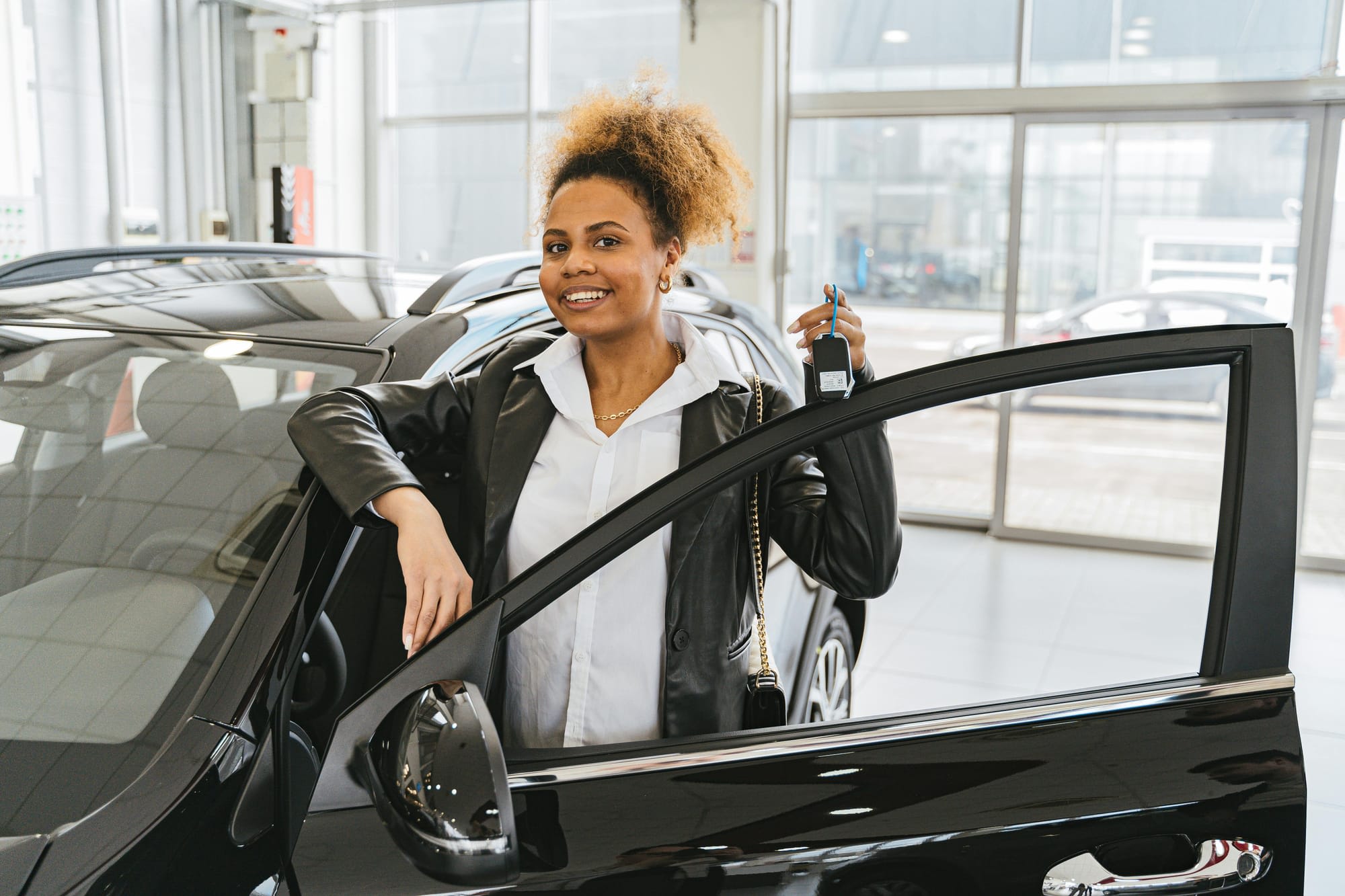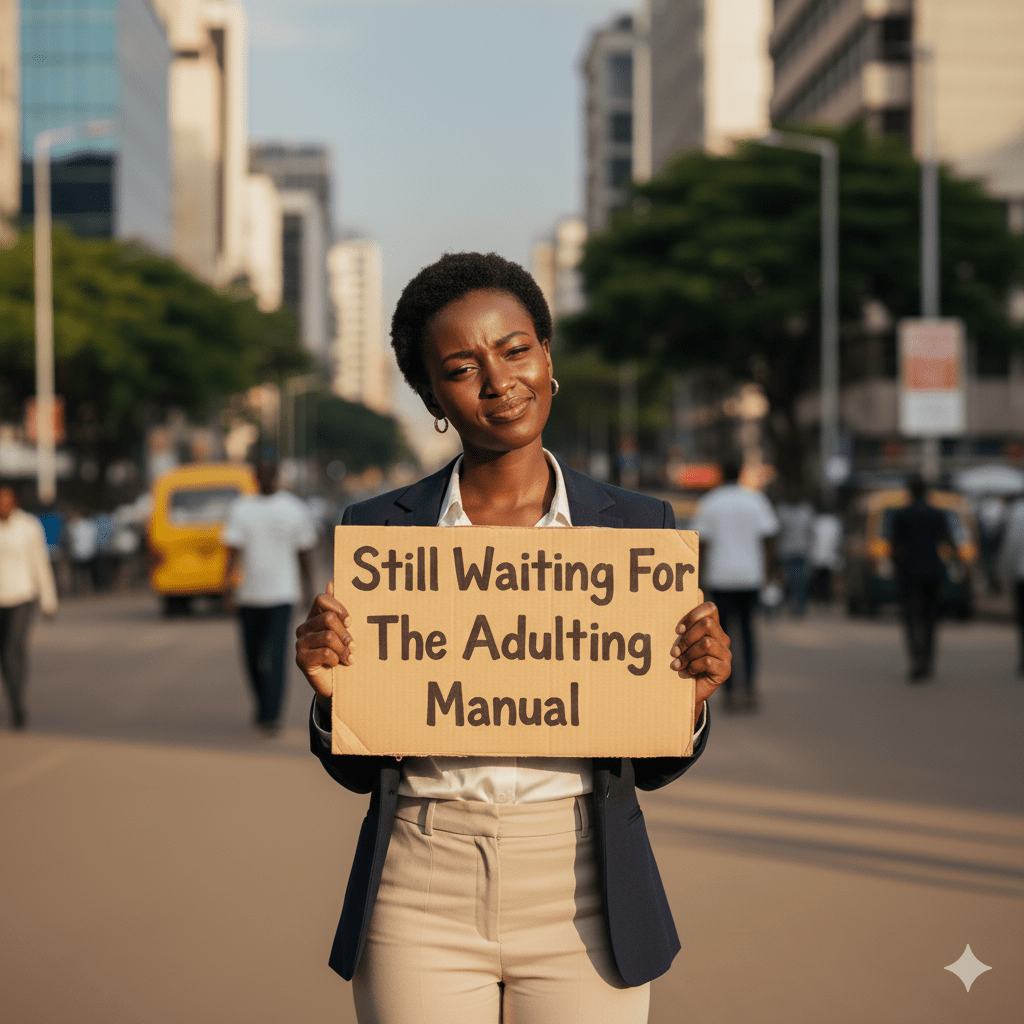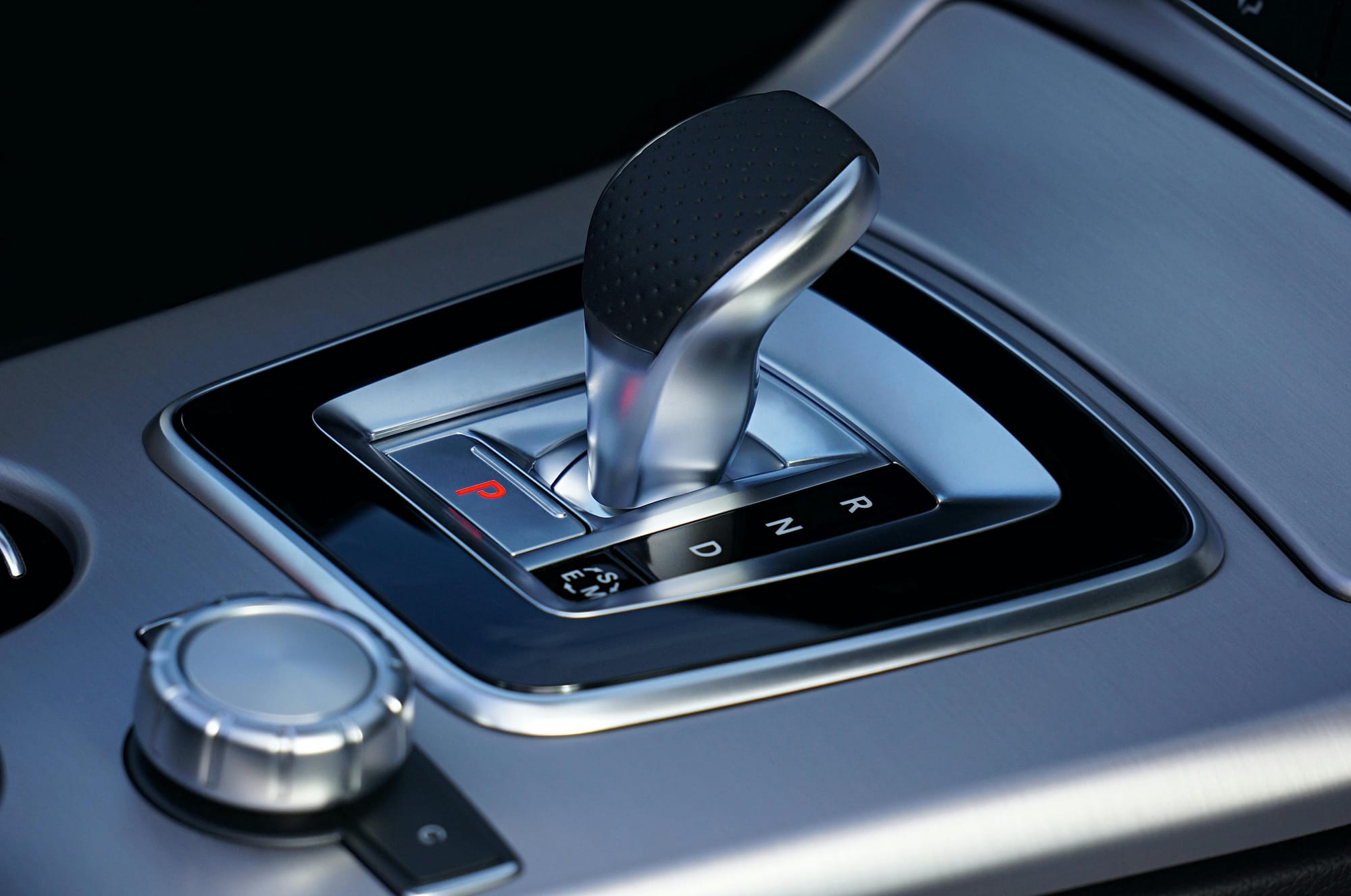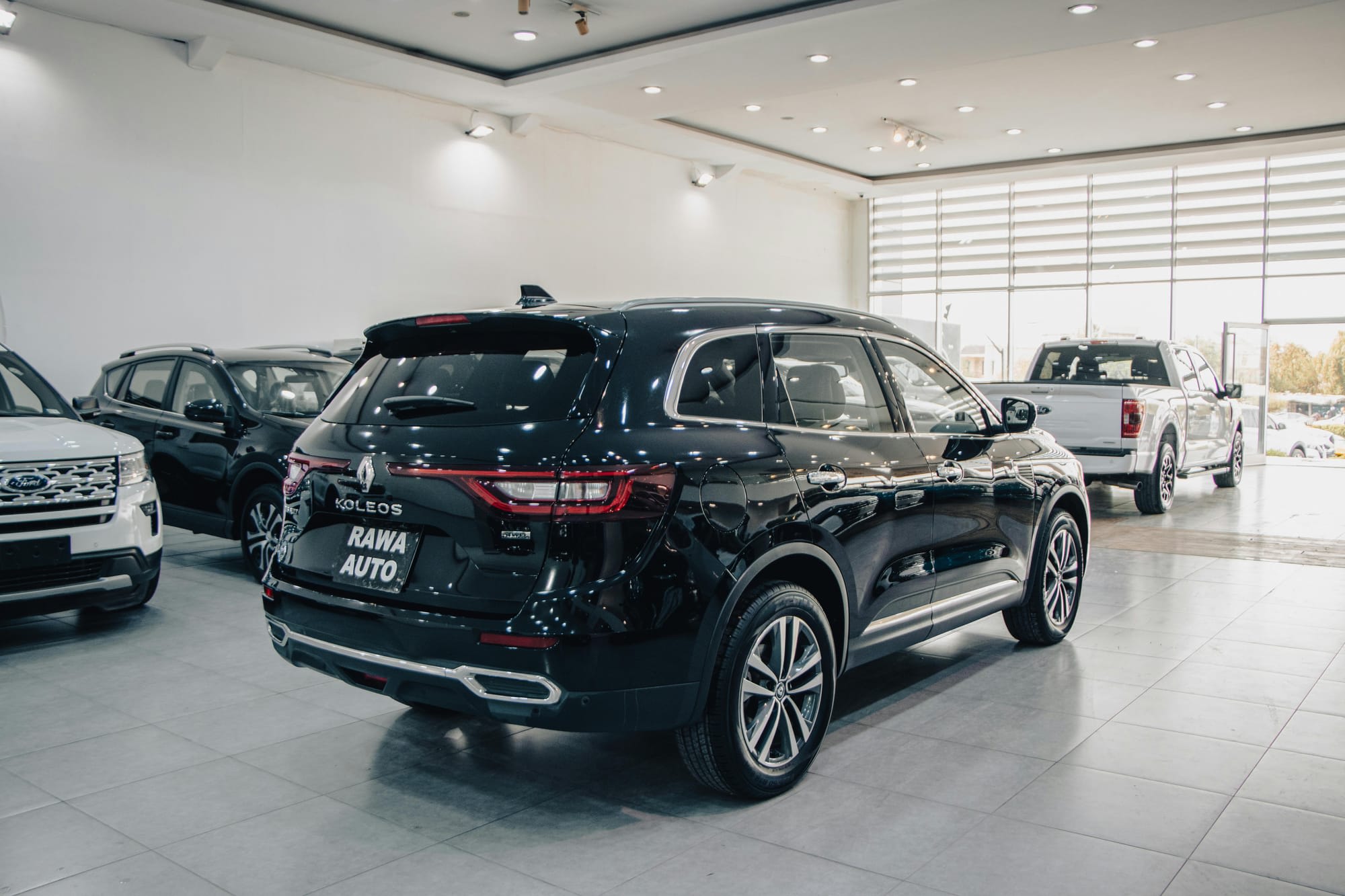Buying a 2011 Toyota Axio in Cash vs a 2018 Nissan Note on Financing: Which Makes More Sense in 2025 Kenya?

Introduction: Two Cars, Two Paths
In 2025, buying a car in Kenya often means making a tough choice:
👉 Do you buy an older car like a 2011 Toyota Axio in cash—simple, straightforward, no strings attached?
👉 Or do you go for a newer model like a 2018 Nissan Note, using bank or SACCO financing to spread the cost over time?
Both cars have earned loyal followings. The Toyota Axio is known for bulletproof reliability and fuel economy, while the Nissan Note offers modern tech, hybrid efficiency (in some trims), and a newer, more refined ride.
This article breaks down the reasoning behind these two choices—why buyers pick them, how each purchase is structured, how Kenya’s CRSP tax guide affects both, and which option gives you more value in the long run.
1. Why These Two Cars?
🚗 Toyota Axio 2011 (Cash Buyer’s Choice)
- Price range: KSh 750,000–850,000 (local used or slightly older import)
- Fuel economy: ~17–19 km/l
- Known for:
- Easy maintenance
- Abundant spare parts
- High resale value
- Low insurance and licensing fees
- Why it's attractive for cash buyers:
You avoid financing stress, road-ready costs are predictable, and you retain full ownership from day one.
🚘 Nissan Note 2018 (Financing Buyer’s Choice)
- Price range: KSh 1.2M–1.5M (depending on grade and mileage)
- Fuel economy: ~20–26 km/l (especially the Note e-Power hybrid)
- Known for:
- Modern design and infotainment
- Great fuel economy (especially the e-Power variant)
- Smooth urban performance
- Why it’s ideal for financing:
A 2018 Note is 7 years old in 2025—the last year it can be legally imported, per NTSA import rules. This makes it a "sweet spot" for banks/SACCOs: not too old, still has value, but just cheap enough to be financeable.
2. Financing vs Cash: Two Different Journeys
💵 Cash Buyer: The 2011 Axio Path
- One-time payment: ~KSh 800,000
- Inspection + NTSA costs: ~KSh 20,000
- No loan fees, no monthly deductions
- Insurance: Often third-party only (KSh 6,000–8,000/year)
- Upside: You're not in debt, no risk of repossession
- Downside: You're stuck with an older car with older tech, possible age-based wear, and stricter NTSA inspections
🏦 Financed Buyer: The 2018 Note Path
Assuming a KSh 1.3 million purchase with 20% deposit and a 3-year loan:
|
Cost Item |
Amount |
|
Deposit (20%) |
KSh 260,000 |
|
Loan amount |
KSh 1,040,000 |
|
Monthly repayment (@13% p.a. SACCO) |
KSh 36,000–38,000 |
|
Comprehensive insurance (mandatory) |
KSh 55,000–70,000/year |
|
Loan processing/legal/valuation |
KSh 10,000–30,000 one-time |
- Upside: You get a newer car, lower maintenance risk, better resale value
- Downside: You're locked into debt, exposed to default risk, and must keep up with logbook encumbrances, insurance, and loan service
3. Why the 7-Year Difference Matters
NTSA and KRA only allow importation of vehicles up to 8 years old from the current year. That means:
- In 2025, the cutoff year is 2018
- Most cars brought into the country this year are from 2018 or early 2019 manufacture
- These are cheaper than newer models, but just fresh enough to attract financing
So, choosing a 2018 car hits the import-legal sweet spot:
- Lower taxes than a 2020+ model
- New enough to be covered by banks or SACCOs
- Still holds resale value until 2030+
Meanwhile, the 2011 Axio is too old to import, so most available ones are locally used and often nearing or exceeding the NTSA’s 10-year inspection threshold, which means:
- Annual inspections may be required
- Harder to finance
- Limited resale appeal to institutions
4. How the New KRA CRSP Schedule Affects Both Options
The Current Retail Selling Price (CRSP) is KRA’s benchmark used to calculate import duties, excise, and VAT. In 2025, KRA revised the CRSP upward to match market prices. This affects:
- Newer cars more (like the 2018 Note)
- Total import taxes now exceed 60% of the CRSP value (Import Duty + Excise + VAT + IDF + RDL)
💡Example:
If KRA's CRSP for a 2018 Nissan Note is KSh 1.2M:
- Taxes could exceed KSh 700,000, even if you bought it for KSh 950,000 abroad.
Cash buyers of older local vehicles (like the 2011 Axio) are largely insulated from CRSP updates since:
- The car is already in the country
- Taxes were paid earlier by the previous importer
- You’re negotiating with local sellers, not paying fresh import duties
5. So Which Option is Best in 2025?
🔍 Pick the 2011 Axio (Cash) if:
- You have cash and hate debt
- You’re okay with an older, simpler car
- You value low running costs, easy repairs, and third-party insurance
- You’re comfortable skipping tech like reverse cameras, hybrid drive, or digital dashboards
🔍 Pick the 2018 Note (Financed) if:
- You want a newer vehicle with fewer mechanical risks
- You can handle monthly payments + comprehensive insurance
- You value fuel efficiency, modern features, and hybrid technology
- You want to use the car for Uber/Bolt or as a business vehicle
Conclusion: Both Paths Are Valid—But Your Circumstances Matter
In today’s economic climate, there’s no one-size-fits-all answer. Cash buyers of older models like the 2011 Toyota Axio enjoy freedom from debt, lower insurance, and simplicity. But they sacrifice tech, comfort, and long-term resale.
Financed buyers of newer imports like the 2018 Nissan Note walk into a modern vehicle with fewer worries—at the cost of higher overhead, loan commitments, and tight compliance.
Add in the new KRA CRSP valuations, and the stakes get even higher. Whichever option you choose, go in with your eyes open, run the numbers carefully, and be realistic about your ability to manage both the car and the commitments that come with it.
Remember!
If you need car financing, contact us through our contact form, call us on +254791573231 or visit one of our branches across Nairobi, Kiambu, Machakos, and Kajiado counties to explore your financial options.




Comments ()